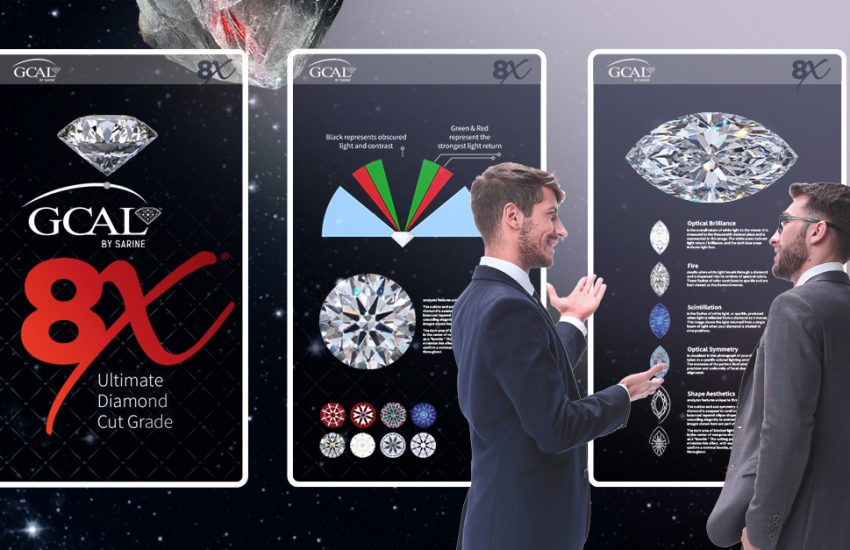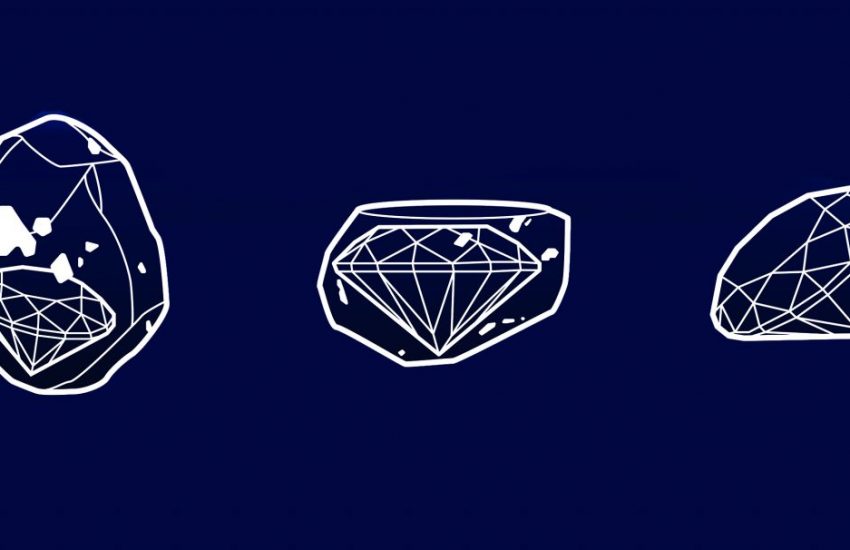Diamond Testers
We are often asked if ‘diamond testers’ work? Or, why does my lab-grown diamond test as a Moissanite?
First, Don’t panic.
The problem is probably that these inexpensive gadgets, known as ‘diamond testers’, are often not sophisticated, have not kept up with technology, or are not used precisely as instructed. Let us explain…
What is a ‘Diamond Tester’?
‘Diamond testers’ are instruments designed to distinguish diamond from its most common simulants (look-alikes), including Cubic Zirconia (CZ) and Moissanite.
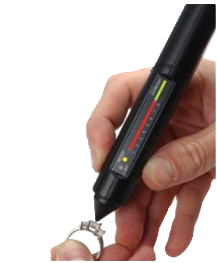
These instruments were originally made in the early 1980s to distinguish diamond from its most common simulant – Cubic Zirconia (CZ). They worked by testing a gem’s thermal conductivity. Diamond, being a superior thermal conductor compared to any other simulant, was easy to separate. When used correctly, ‘diamond testers’ can easily separate diamond and CZ.
Then around 1999, Moissanite, a new imitation look alike, shook up the jewelry industry because it could ‘fool’ the testers. Essentially pure silicon carbide, Moissanite’s thermal conductivity is comparable to diamond. The jewelry industry adapted and developed testers based on electrical conductivity instead. Moissanite is electronically conductive and most diamonds are not.
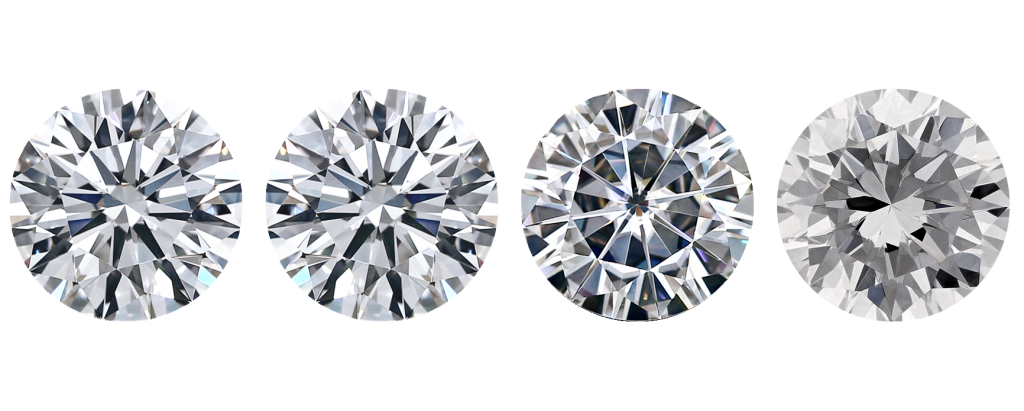
These ‘diamond testers’ work most of the time, if they are used correctly, but there are exceptions. Natural blue diamonds, including the famous Hope Diamond, conduct electricity and will produce a “Moissanite” result from ‘diamond testers.’ And, many lab grown diamonds will also produce a “Moissanite” result due to their electrical conductivity.
If you’ve purchased your lab grown diamond with a GCAL Certificate, you can be confident that you received a lab grown diamond, not an imitation. And, most lab grown diamonds are inscribed “LG” on the girdle to make them easily identifiable. At GCAL we laser inscribe all natural and lab grown diamonds that we certify with the certificate number.
Remember, the driving force in diamond synthesis research is to grow diamonds that can replace silicon as semi-conductors in electronics. They’re purposely engineered to be super diamonds – the hardest material, the best thermal conductor and electrically conductive. Instrument manufacturers are currently developing a new generation of testers to keep pace with lab grown diamond technology. Few retail jewelers have the latest testers
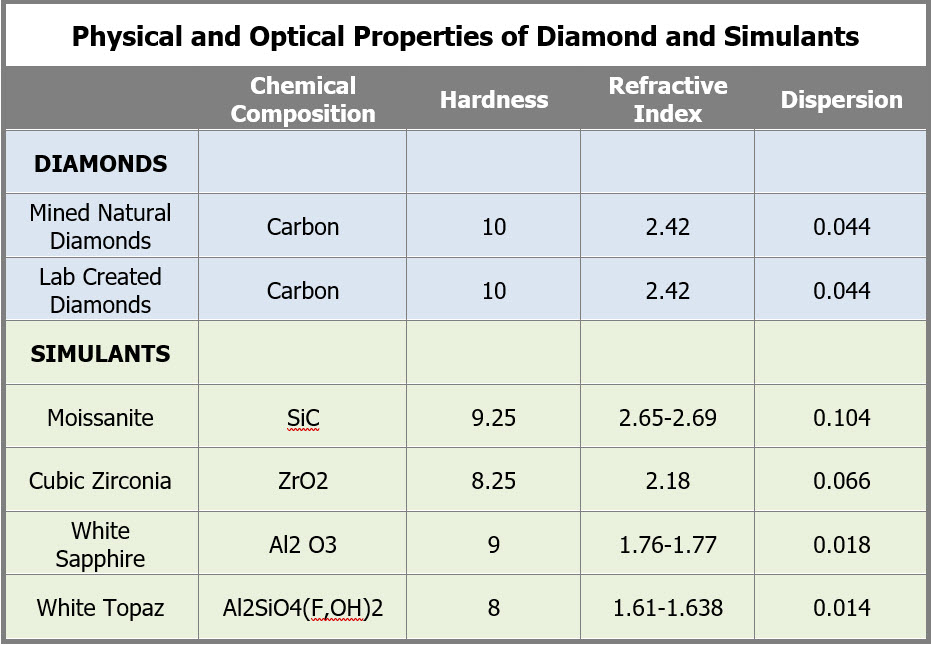
Simulants and Imitations
Simulants are gems that look like diamonds but have different chemical and physical properties. These imitations can be natural gems, such as white sapphire, or man-made materials such as Cubic Zirconia or Moissanite. Often these are marketed under names such as ‘Diamonique’ or similar.
Created Diamonds
Lab created or Lab Grown Diamonds don’t just look like diamonds, they are diamonds – ones that were grown in a machine rather than diamonds that were formed far beneath the Earth’s surface. They have the same chemical, physical and optical properties as Earth-Mined Natural Diamonds. Also known as synthetic diamonds, these man-made gems are made of carbon and have a hardness of 10.
Extraordinary
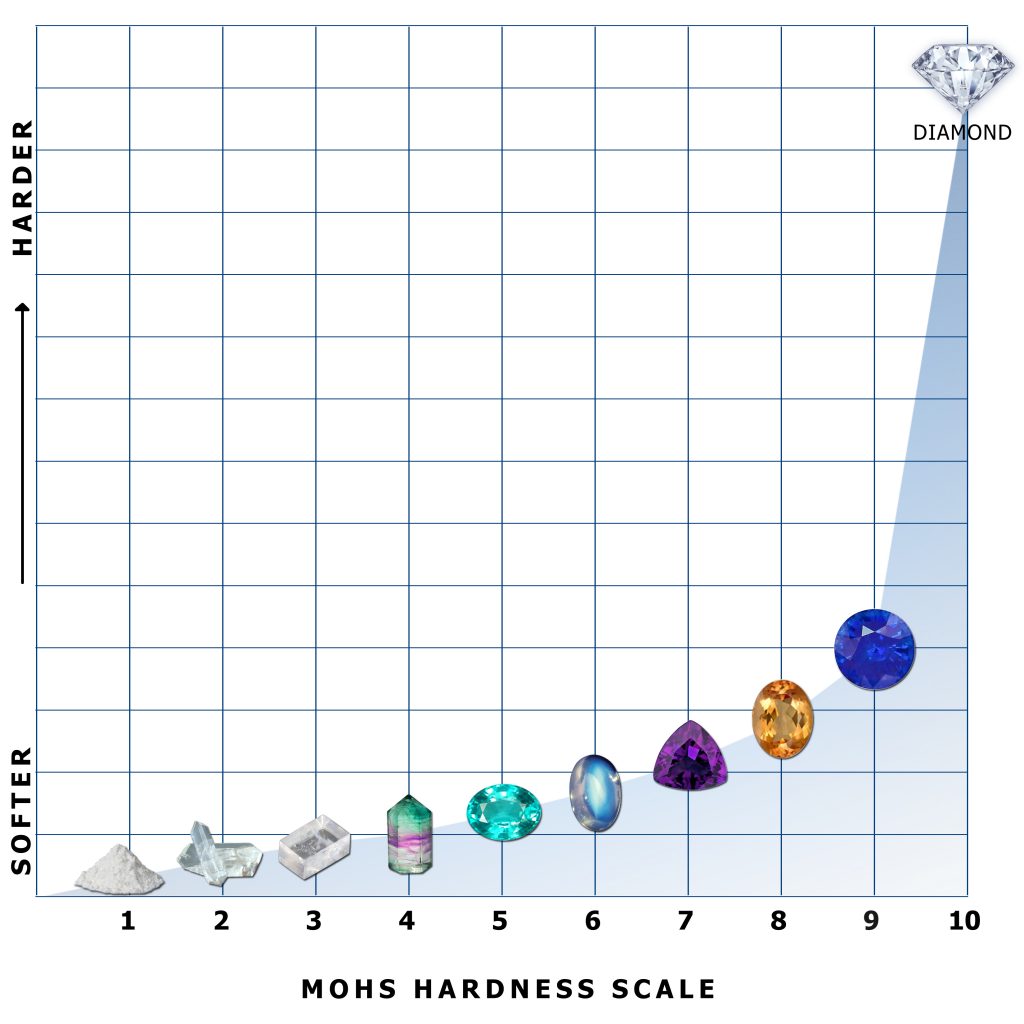
The unique properties of diamonds have made them sought after for centuries. Highly prized for their rarity and beauty, diamonds are also highly valued for their extraordinary physical properties in industrial applications, such as in abrasives and as optical windows. But diamonds haven’t reached their full potential. One day in the near future, diamonds could revolutionize electronics as we know them by replacing silicon as the preferred material for semiconductors.

